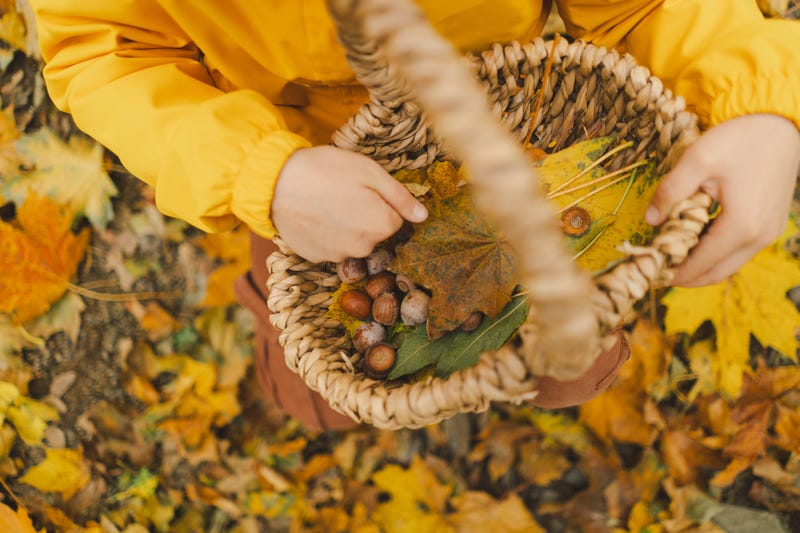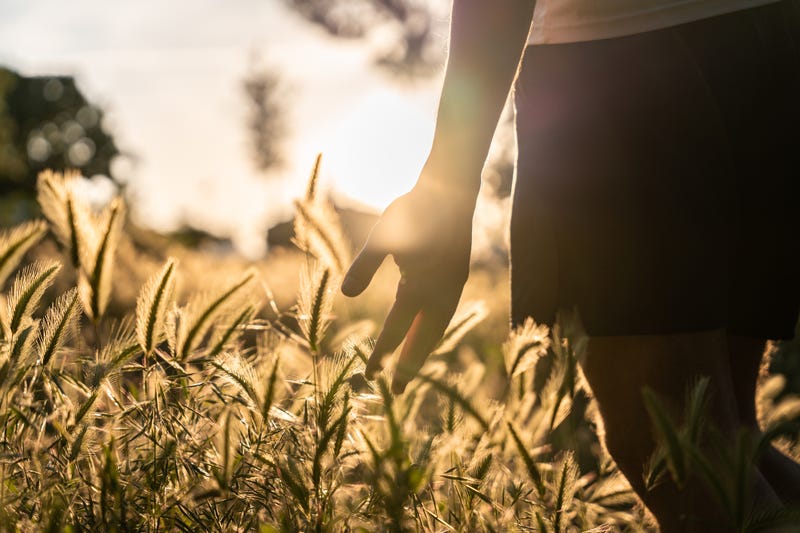
Fall is here! Wicker and Wilde received this great email from Above and Beyond Therapy and we wanted to share it with you. We know a lot of people who have kids who can easily overstimulated and we thought these were great idea. Please let us know what you think in the FB comments.
🍁 The cooler air and changing leaves bring plenty of excitement—but for kids with autism, all these shifts can sometimes feel overwhelming. At Above and Beyond, they know that with a little planning, autumn can still be full of joy and discovery. They've put together a list of fall activities for families to enjoy this season.
Nature Walks: Exploring the Outdoors at a Comfortable Pace
One of the simplest yet most effective sensory-friendly activities is a nature walk through a quiet park or trail. The rich visuals of falling leaves, the crunch underfoot, and the cool breeze offer a multi-sensory experience that can be calming and grounding. For children who may be sensitive to noise or unexpected stimulation, choosing less crowded times (like weekday mornings) can make the experience more manageable. Allowing the child to collect natural items such as pinecones or acorns also creates opportunities for tactile exploration and imaginative play.
Leaf Rubbing: A Gentle and Creative Indoor Activity
Leaf rubbing is a gentle, creative indoor activity that invites kids to explore texture and pattern in a low-stimulation environment. All that’s needed are leaves, paper, and crayons. Children place the leaf under the paper and gently rub over it with the side of a crayon to reveal the design. This can be a soothing and focused art project that helps build fine motor skills while also reinforcing nature vocabulary and observation skills.

Sensory Bins with Autumn Themes
Sensory bins with autumn themes are another engaging option. These can be filled with dried corn, uncooked rice dyed in fall colors, cinnamon sticks, mini pumpkins, felt leaves, or acorns. Children can scoop, sort, and explore the items at their own pace. The tactile feedback from these materials can be very regulating for sensory seekers, and for kids who are sensory avoidant, the activity can be tailored with gloves or tools to help them feel comfortable.
Adding scent in subtle ways (like a drop of apple or pumpkin spice essential oil) can gently introduce olfactory input, but should always be tested cautiously based on a child’s specific sensitivities.
Baking: A Multisensory Learning Experience
Baking is a wonderful multisensory experience! Making a simple fall recipe (like pumpkin muffins or apple crisp) can become a rich learning opportunity. Measuring, stirring, and pouring all support executive function and fine motor development, while the smells and tastes of fall offer natural sensory exploration. For children with food aversions or sensitivities, baking can be used purely as a process activity with no pressure to eat the final product.
Creating a visual recipe chart can help children with autism follow along step by step, which will reduce anxiety and increase independence.
Pumpkin Decorating: A Sensory-Friendly Alternative
Pumpkin decorating is another favorite fall tradition that can easily be adapted for sensory preferences. Instead of traditional pumpkin carving, which involves slippery textures and the potential discomfort of handling pumpkin guts, consider painting, using stickers, or attaching craft materials like googly eyes and pipe cleaners. These alternatives can be much more enjoyable for children who are sensitive to messy or strong-smelling activities. Providing tools like paint brushes or foam dabbers can also offer more control over the sensory experience.
Reading Autumn-Themed Books to Build Seasonal Awareness
Reading autumn-themed books is an excellent way to build seasonal awareness while supporting language development. Books with predictable text, engaging visuals, or sensory elements (like touch-and-feel books) can be particularly effective for kids with autism. After reading, children can draw their favorite part of the story or act out scenes with toys. This helps with comprehension and imaginative play.
Creating a Fall-Themed Calm-Down Corner
Creating a fall-themed calm-down corner is a valuable strategy during a stimulating season. This space can include soft blankets, fall-scented diffusers (if appropriate), noise-canceling headphones, fidget toys, and calming visuals like pictures of autumn landscapes. This designated area gives the child a safe retreat when they feel overwhelmed. Including autumn-themed visuals (like falling leaves) reinforces seasonal concepts while providing comfort.
Fall Obstacle Courses That Combine Movement and Sensory Regulation
For children who enjoy structured tasks and movement, a fall obstacle course can be a fun way to combine physical play with sensory regulation. Whether it’s indoors or outdoors, the course can include activities like stepping over pumpkins, crawling under leaf garlands, or jumping onto pictures of autumn objects. Each section of the course can be adapted for the child's sensory preferences and physical ability. Clear visual instructions or cue cards can also make it more accessible!
Arts and Crafts Using Natural Materials
Arts and crafts using natural materials are another gentle yet engaging way to connect with the season. Children can make collages using leaves, twigs, or seeds, or decorate paper trees with fingerprint leaves in fall colors. These kinds of projects offer opportunities for creativity, texture exploration, and color identification, all within a relaxed and familiar setting. For kids who may resist messy activities, providing tools like brushes or gloves can help reduce sensory discomfort.
Attending Sensory-Friendly Fall Events
Finally, attending sensory-friendly fall events (if available in your community) can be a safe way for children with autism to enjoy the social aspects of the season. Some farms, libraries, and community centers offer autism-friendly times for pumpkin patches, hayrides, or trick-or-treat events. These are typically quieter, shorter, and less visually intense, with staff trained in autism awareness. Preparing your child with a social story ahead of time can help them know what to expect and reduce anxiety.

